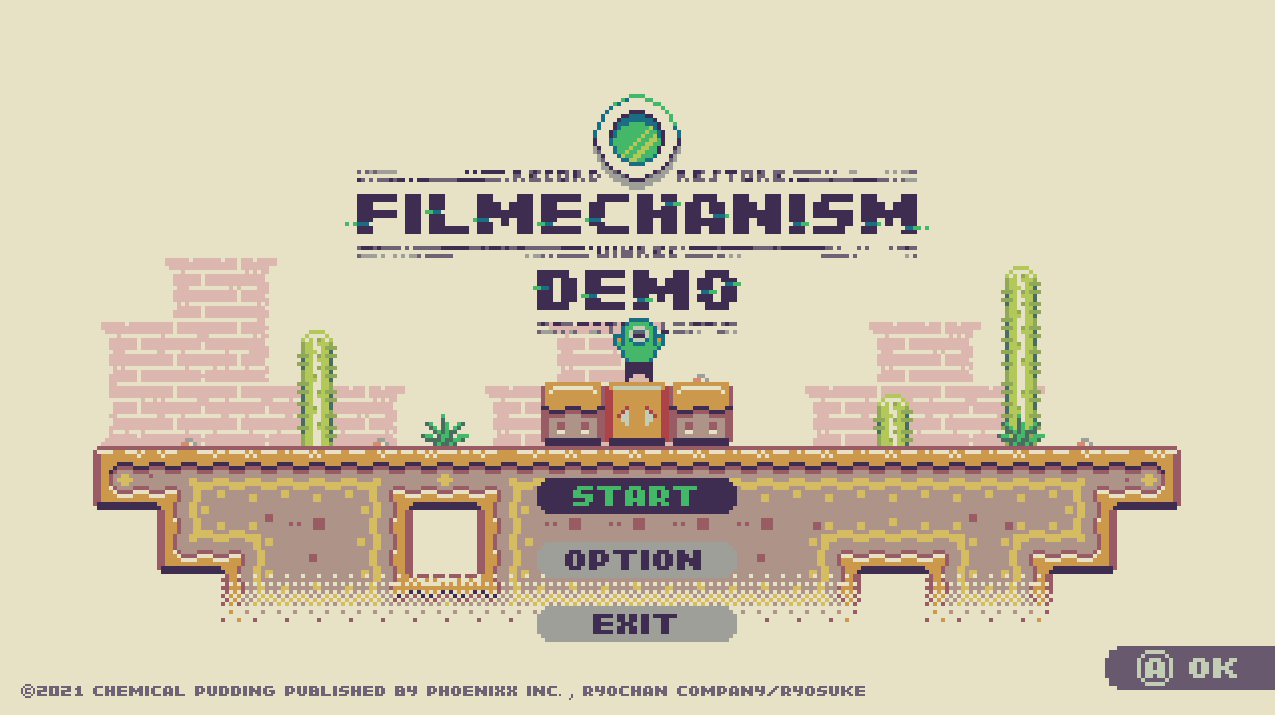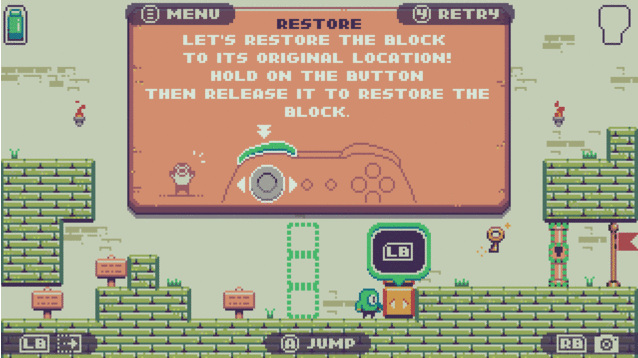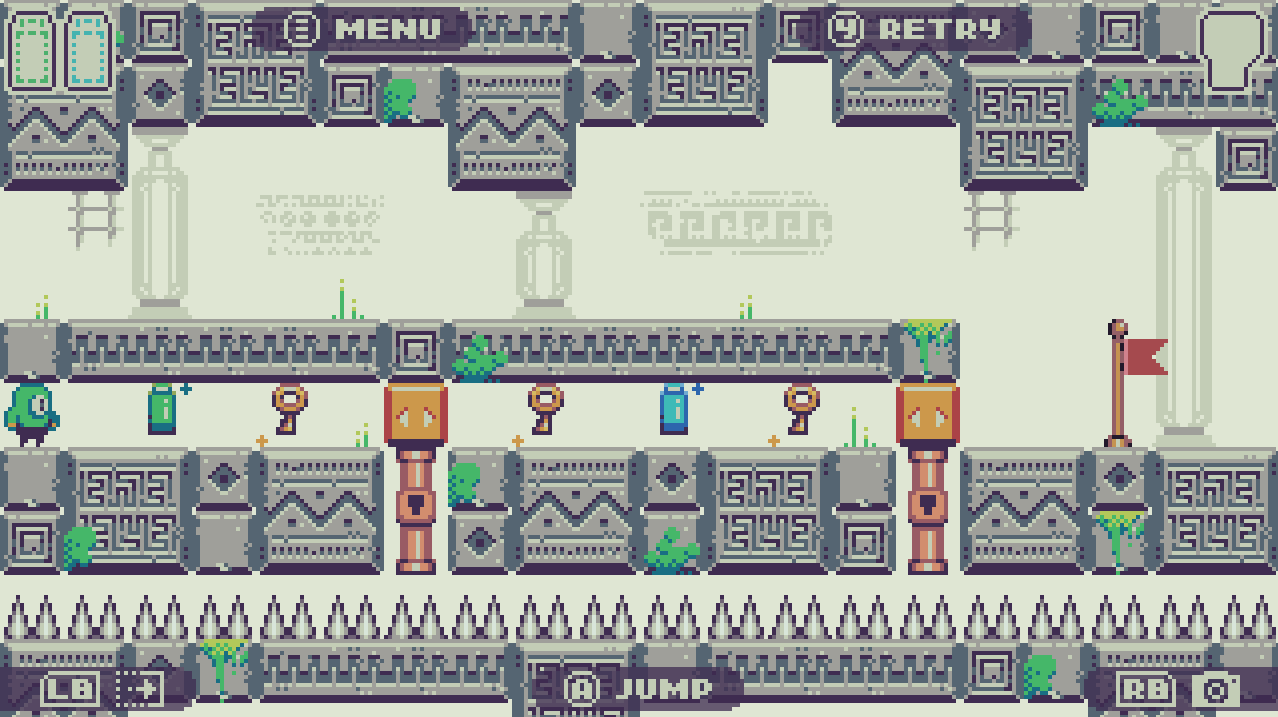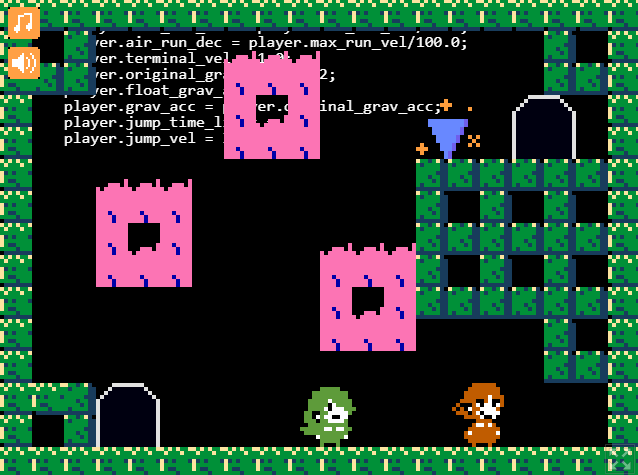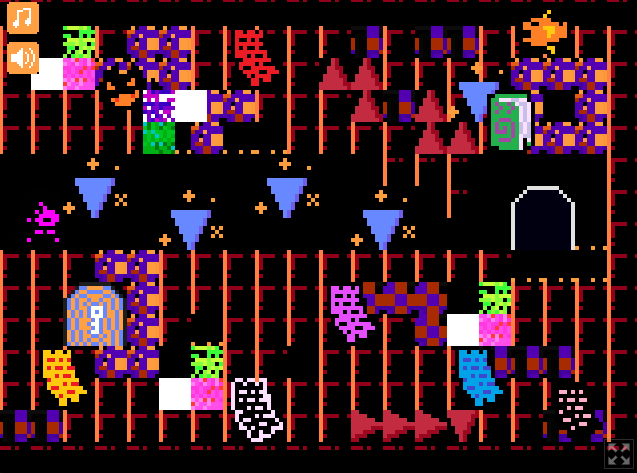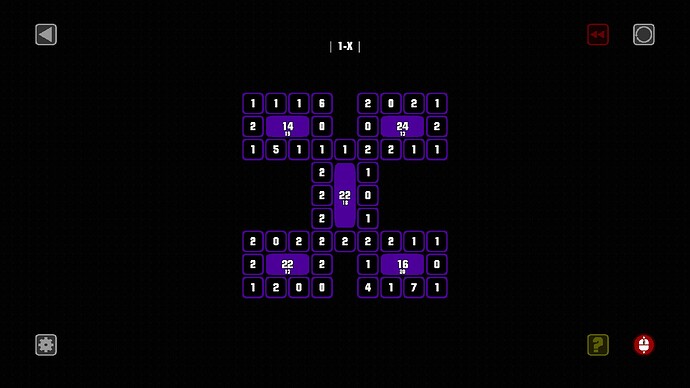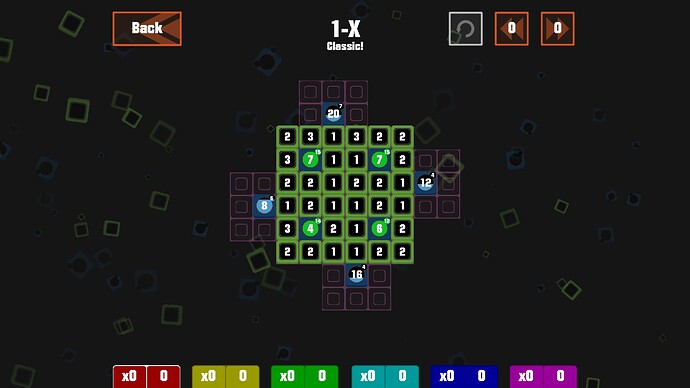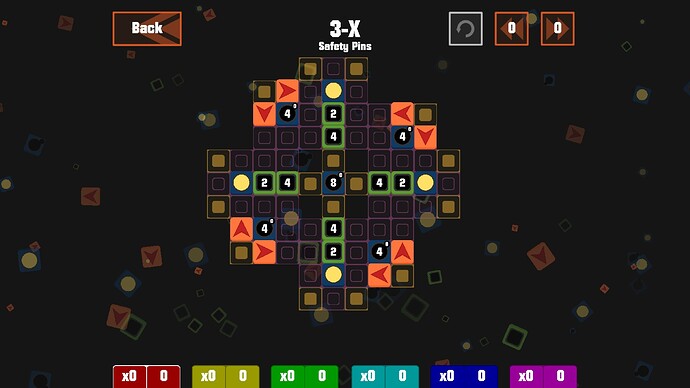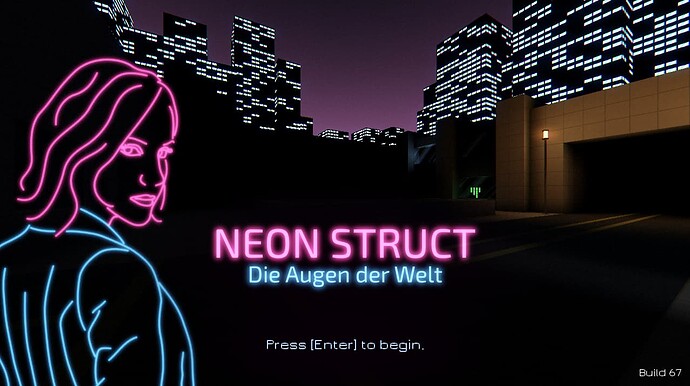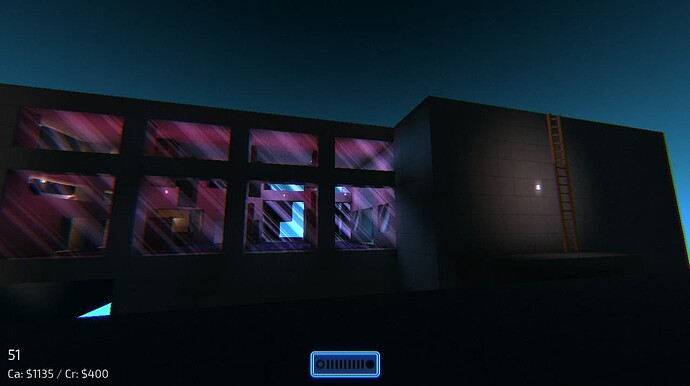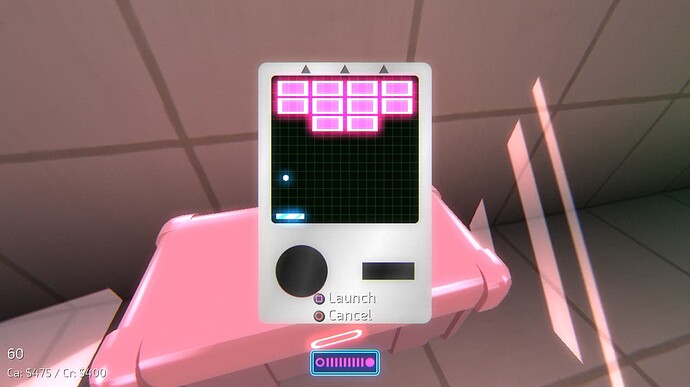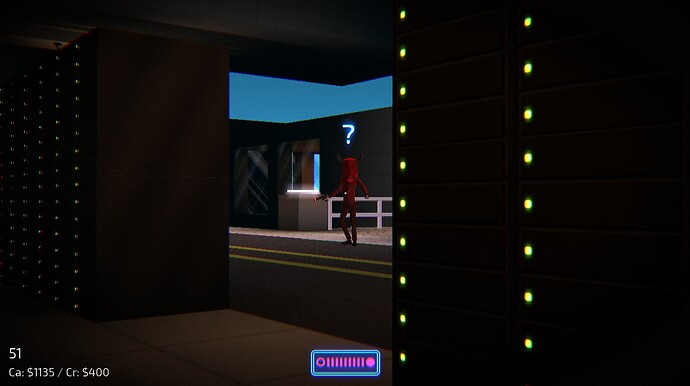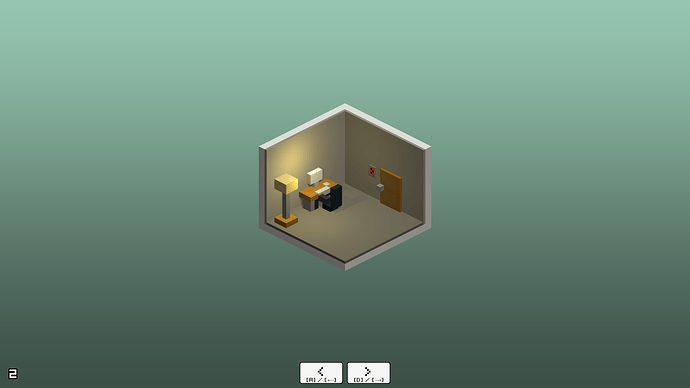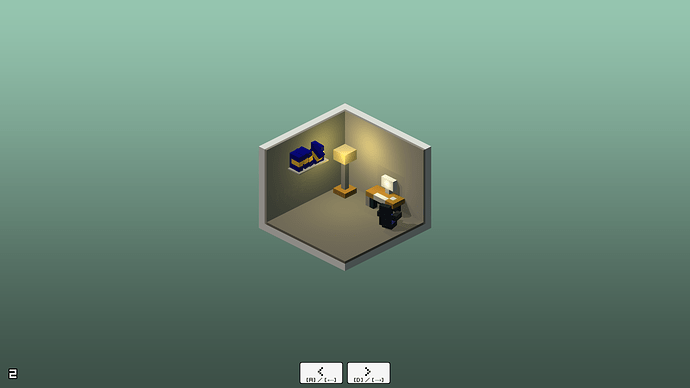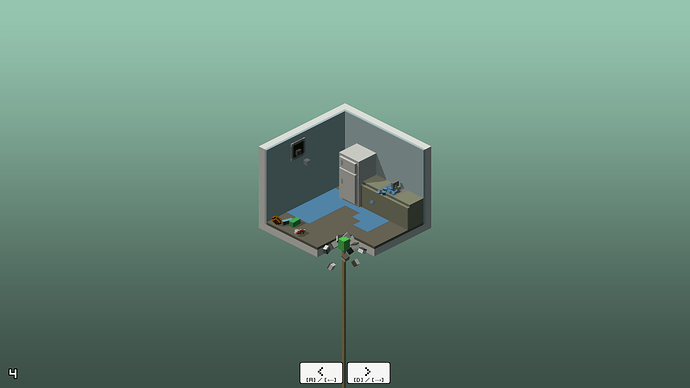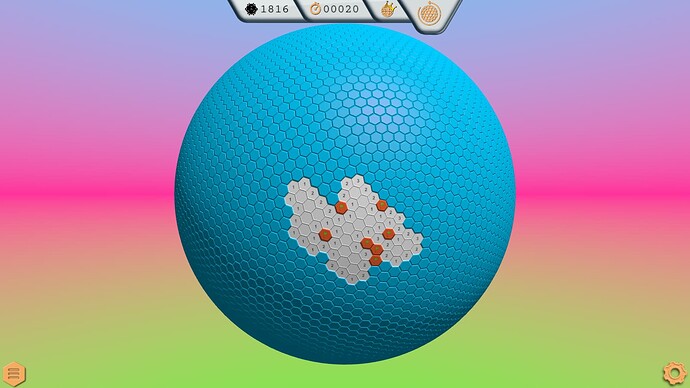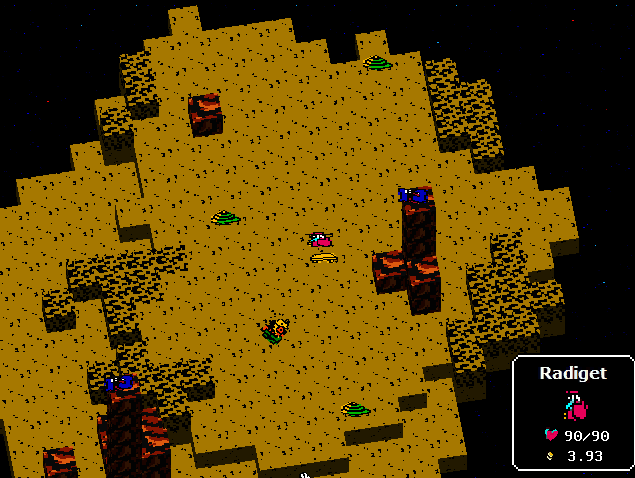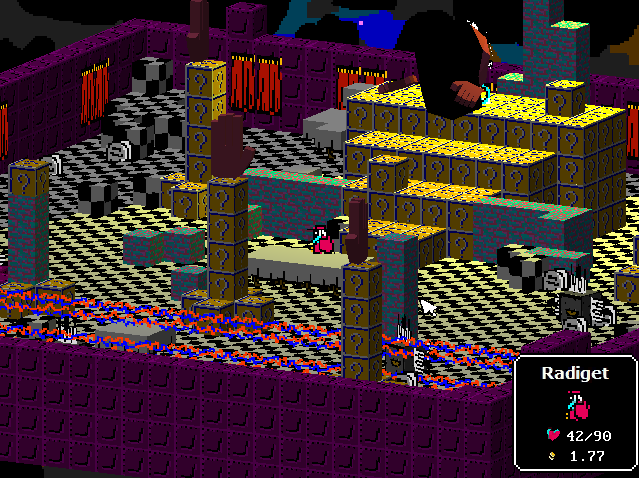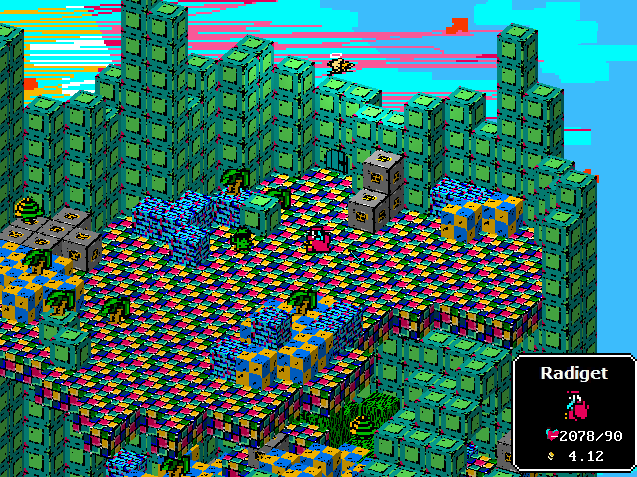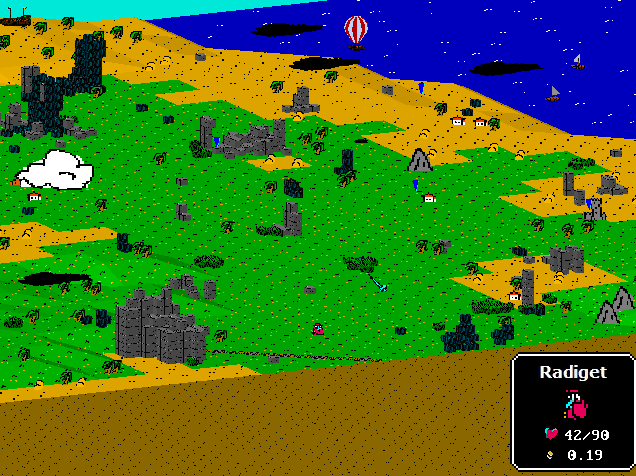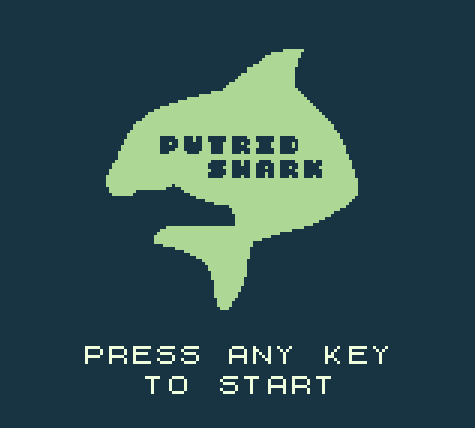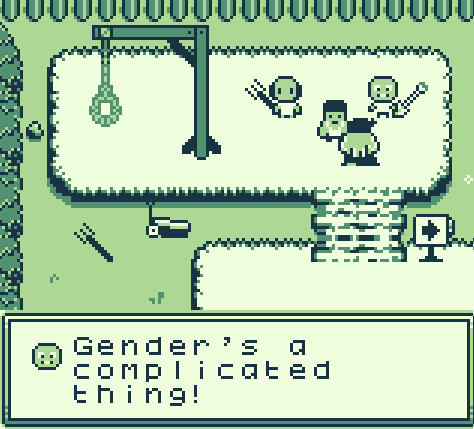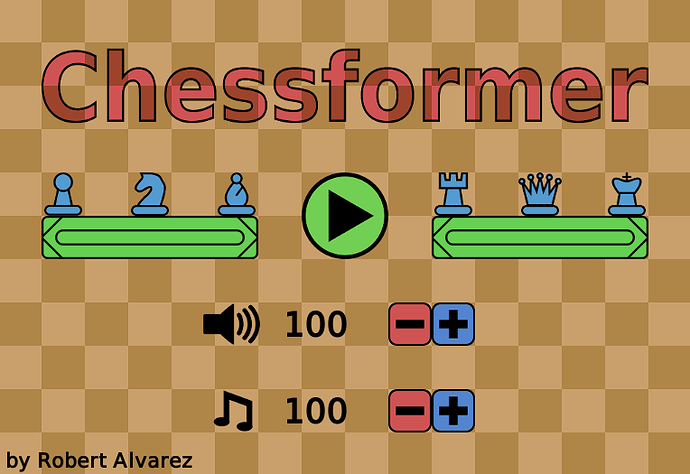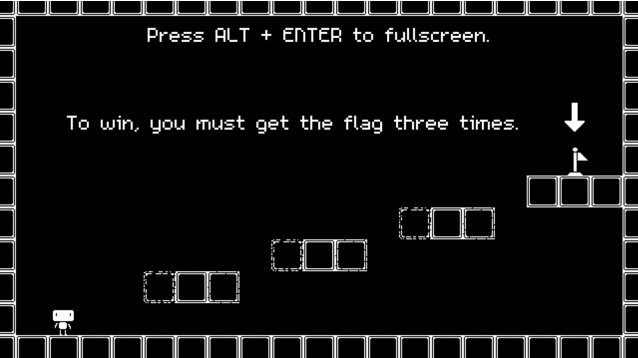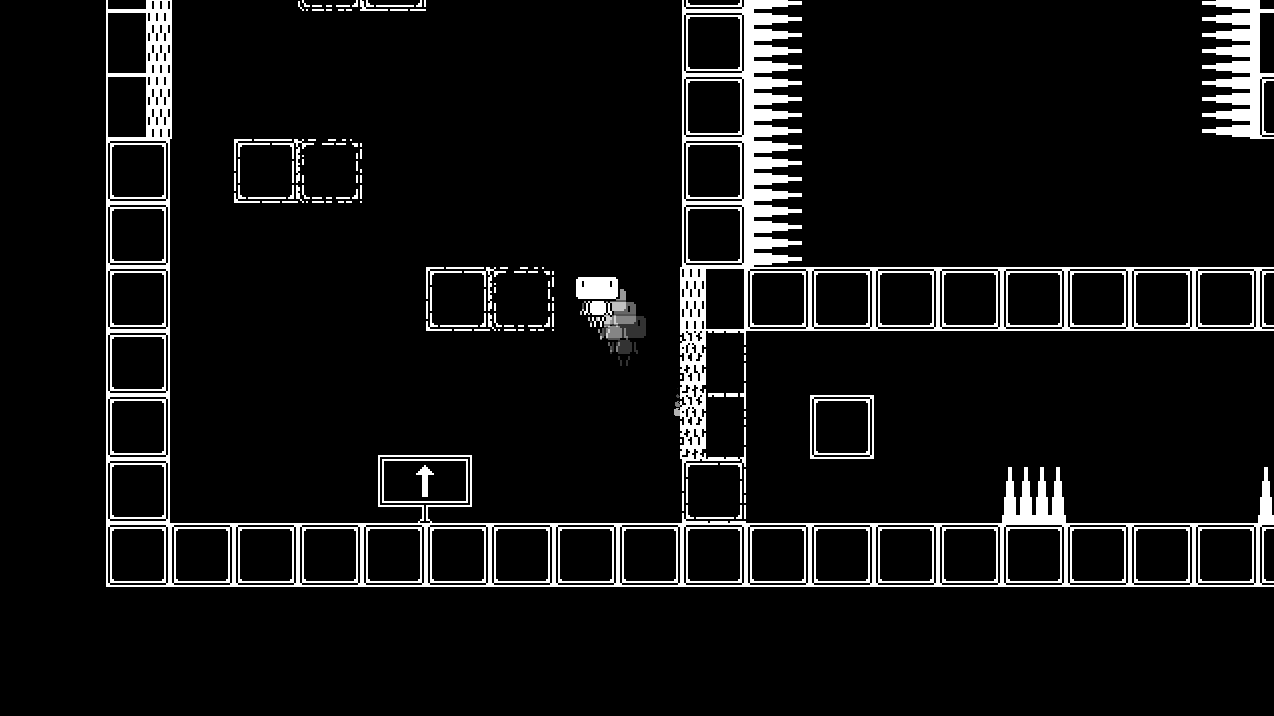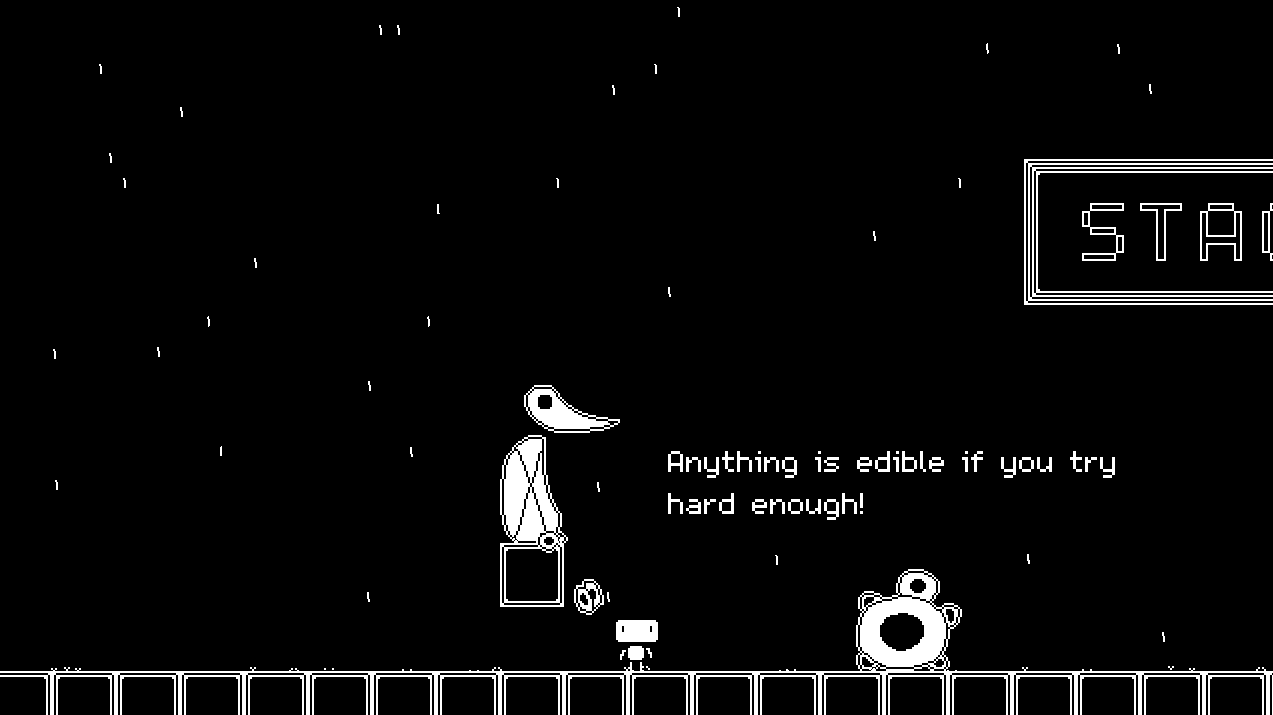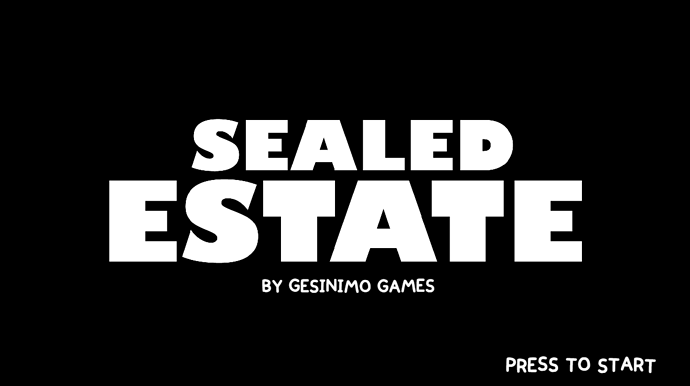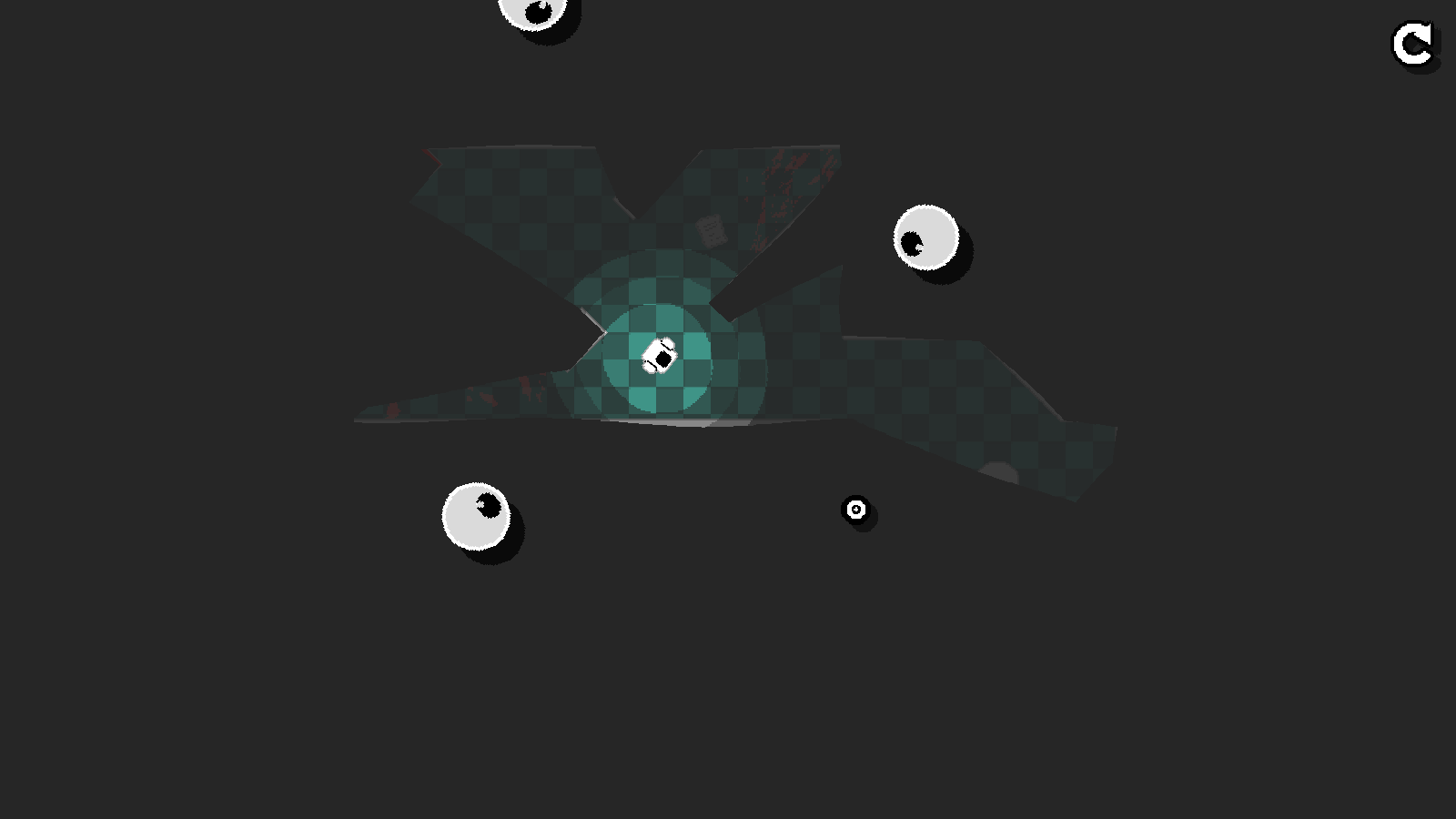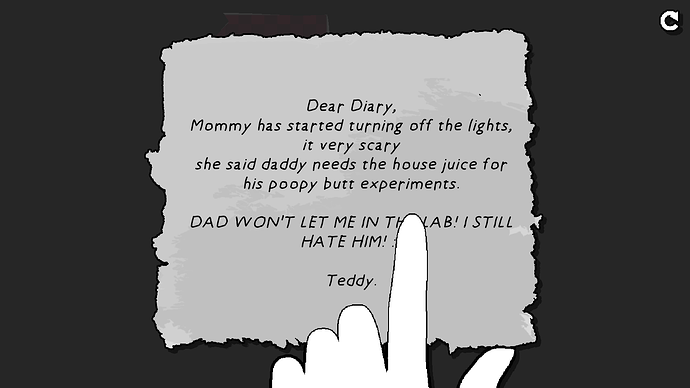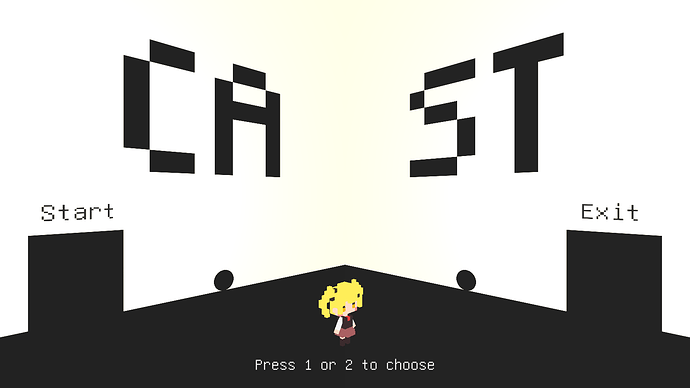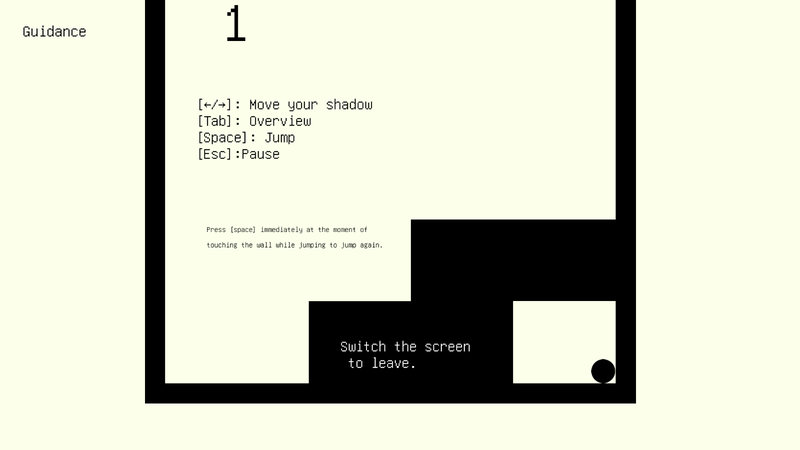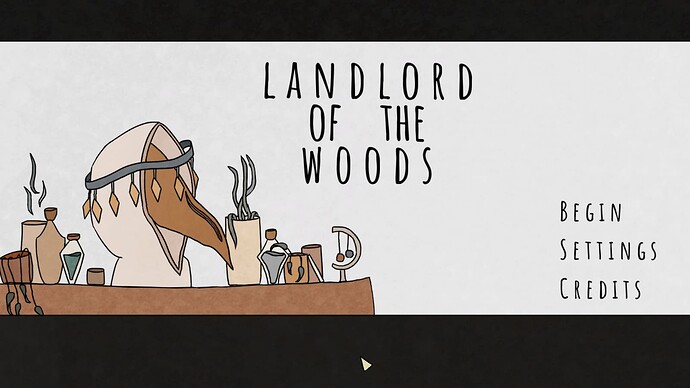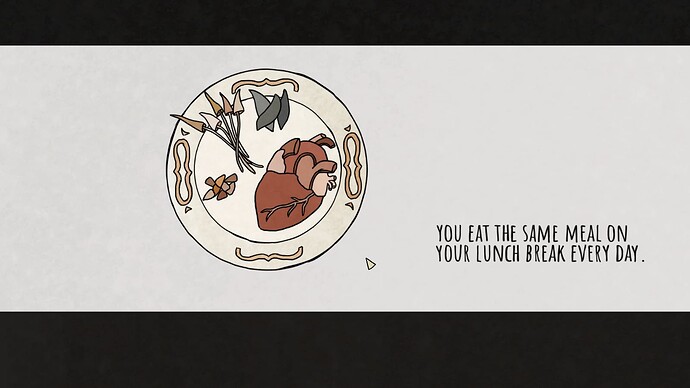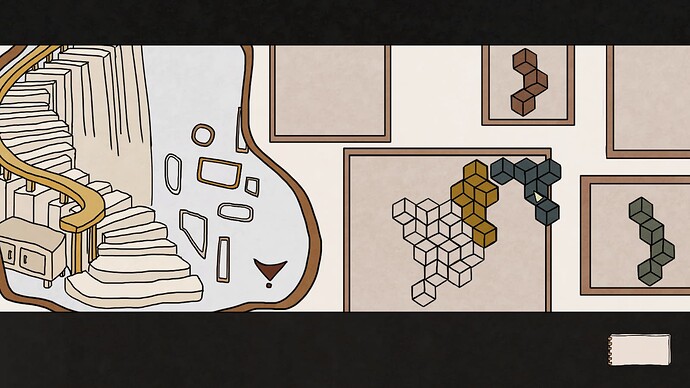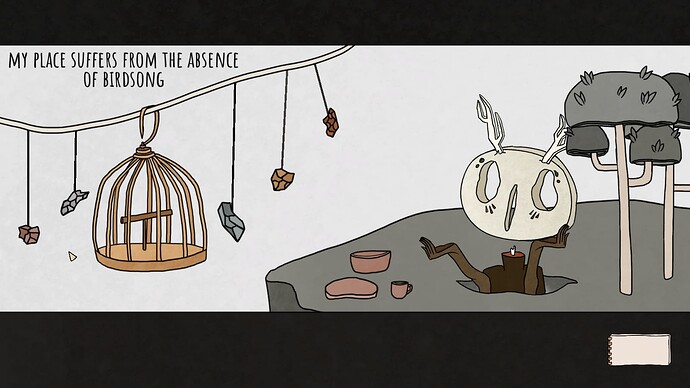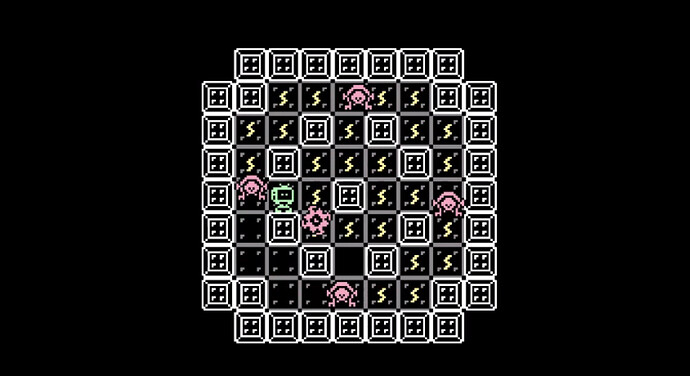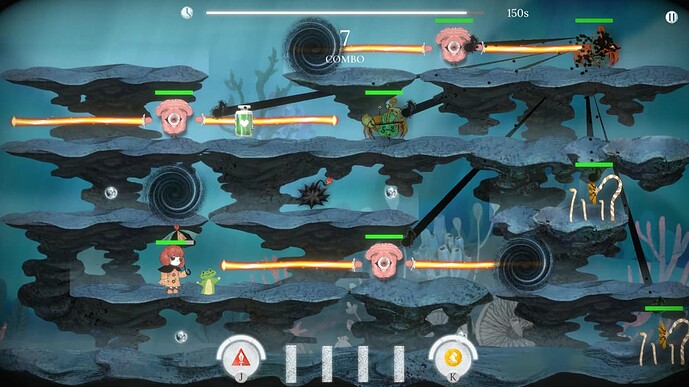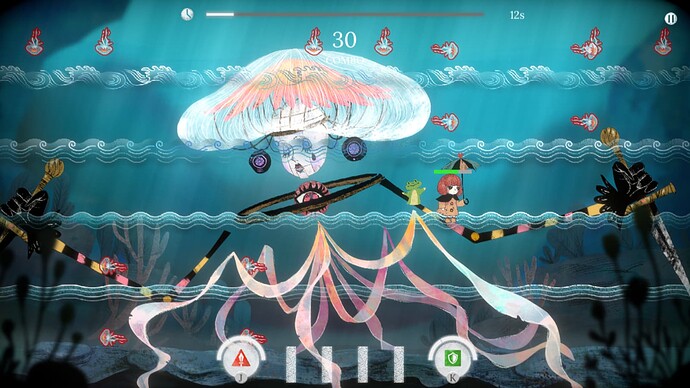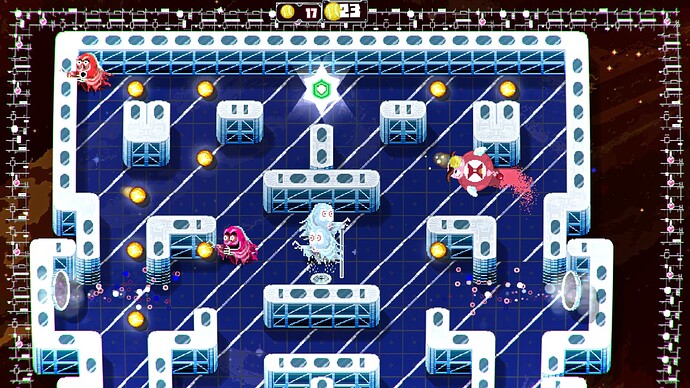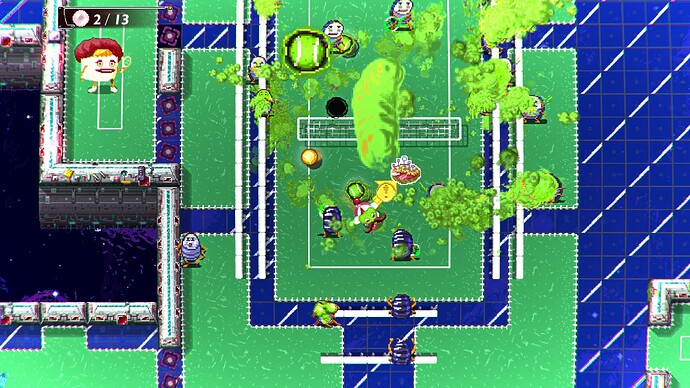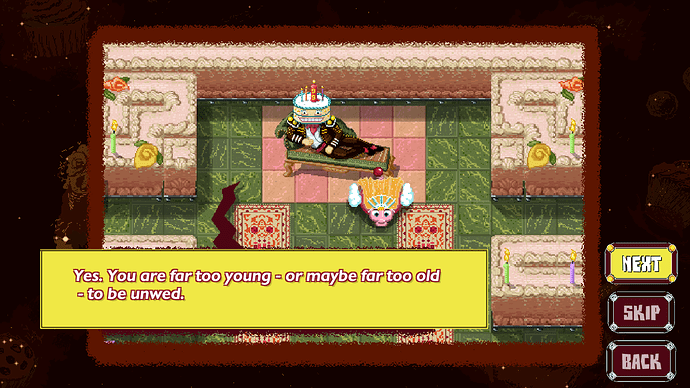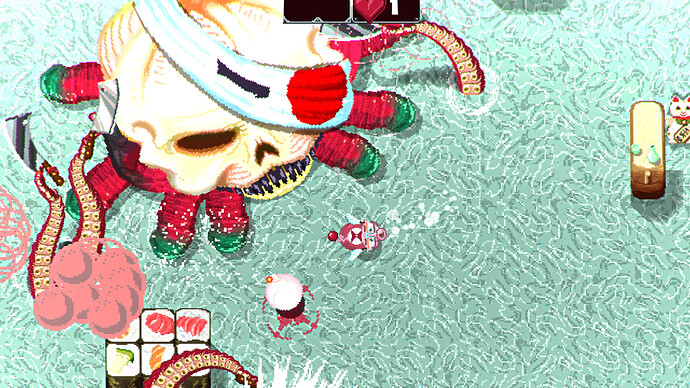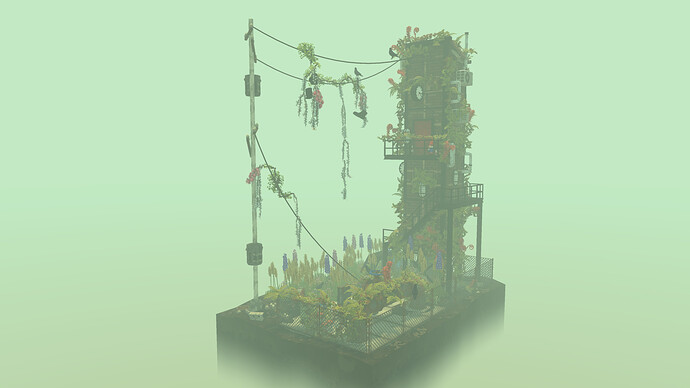So…what is this?
Given the existence of massive indie charity bundle #2 plus my habit of looking through new release lists for random games it seemed like there were still more random games for me to play, but I simply don’t have the time or will to do nothing but play them exclusively for another year-plus (I like other games as well and grow to miss them). Still while I can’t play just them… they’re generally on the short side so there’s no reason I couldn’t play one a week. So let’s try that!
What games are random games?
A large portion of them will be from said second massive indie bundle (which I still have five or so pages left to look through), plus other lesser known games I have picked up over the years in addition to random free games and demos I stumble upon from time to time. Due to the nature of this they’ll likely exclusively be PC games, but there’s no real rules so maybe one day I’ll want to play a gameboy game or something.
Does random mean randomly selected?
At times yes. I still have the system I had set up last time to select unplayed games randomly that I will make use of fairly frequently, plus it is fairly random as to when I’ll stumble upon a weird little game or demo that I want to try out. That said I am certain there will be times I’ll just pick the game directly myself, the “random” deal is part of my brand and branding is key I hear.
Is there a set time of the week for this?
The thread title is aspirational ![]() Mainly I hope the name keeps me on a regularish schedule, and maybe I’ll end up picking a specific day for it, but let’s consider it fluid. Plus there may be a week where I want to play a bunch of games like this so perhaps there will be busy weeks to make up for weeks where say I don’t want to stop playing Elden Ring for anything else.
Mainly I hope the name keeps me on a regularish schedule, and maybe I’ll end up picking a specific day for it, but let’s consider it fluid. Plus there may be a week where I want to play a bunch of games like this so perhaps there will be busy weeks to make up for weeks where say I don’t want to stop playing Elden Ring for anything else.
Couldn’t this just be done in the “games you played today” topic?
…Moving on~
Is this definitely a good idea?
Not at all! When I wrote up games for the first giant indie bundle you got a fairly curated, edited experience after the first week or so where I generally only mentioned games that struck me for whatever reason. Here the game of the week I play may be bad, or boring, or four minutes long and while there is the potential option of me deciding to play an additional game when that happens often times it might just be what we are stuck with for that week. Add in that randomization means several of games like this could be picked in a row and there will likely be some rough stretches of time.
The second bundle also seems a good bit thinner in terms of obvious “oh this legit feels like it could be something” games because many of those type games in it were already in the first one so this could all go horribly wrong, get hyped!
Can others post about random games in here?
I…um, hadn’t considered that? Sure, I don’t see why not.
If worried about keeping on a weekly schedule why start this a week before major winter holidays?
I actually wasn’t gonna start this until January (always like having a gaming project for a year) but something came up that I’ll touch on when I put up the first game in a bit after I crop some screenshots.
